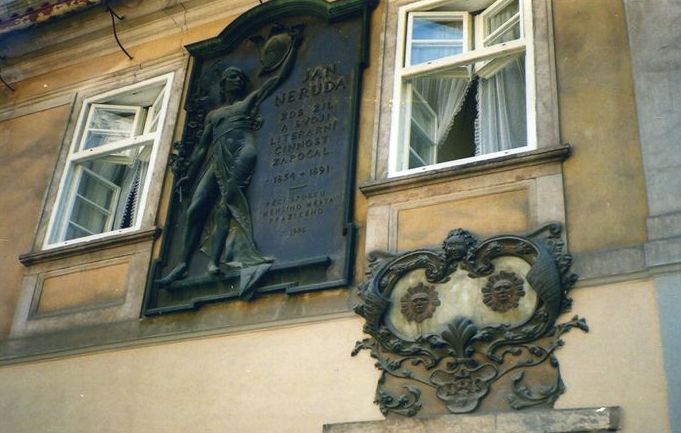Saksagan
Bulgarias Economy Between 1920 and 1936
Industrial Growth in the Early 1920s
Between 1920 and 1923, Bulgaria experienced significant industrial growth despite a global economic crisis. During this period:
379 new industrial...
From 1900 to 1912
Industrial Expansion and Banking
During the first decade of the 20th century, Bulgaria saw significant industrial growth. Many banks became shareholders in industrial enterprises, providing...
Development of the Bulgarian Economy
This is a summary of the main features of the Bulgarian economy after the Liberation in 1878. The economic history of Bulgaria can be...
Russo-Turkish War and the Treaty of San Stefano
The failure of the European powers to enforce the agreements of earlier conferences led Russia to declare war on the Ottoman Empire in 1877,...
Bulgarian Church Independence
During the 19th century, the Bulgarian national revival gained strength, especially in religion and culture. Bulgarians requested an independent national church because the Greek...
The Turkish Yoke
After the fall of the Second Bulgarian Kingdom in 1393, Bulgaria came under Ottoman Turkish rule, which lasted nearly five centuries. The Ottoman Sultan,...
Athenian Society and Social Classes
The Court Set
Athenian society, like that of many countries, is divided into social groups or “sets.” The highest and most exclusive group is the...
Democracy in Greece
A True Democratic Spirit
Greece is one of the truest democracies in Europe. Few other countries, not even Norway, show such devotion to the will...
Athens between the Ancient Spirit and Modern Life
The Old Streets of Athens
In the older parts of Athens, the streets are narrow and often dirty. Strong odors rise into the air, making...
Prince Ferdinand’s First Success (1893)
By 1893, Prince Ferdinand had achieved his first major success as ruler of Bulgaria. The country was now seen as a stable nation internationally....














